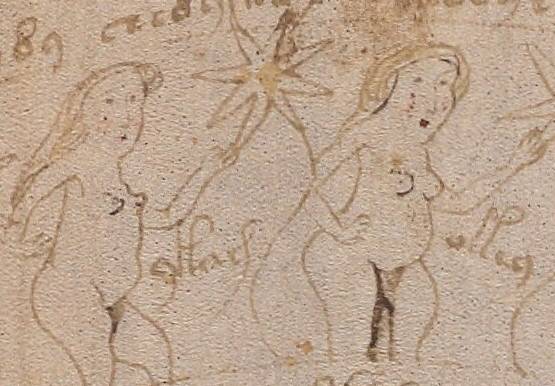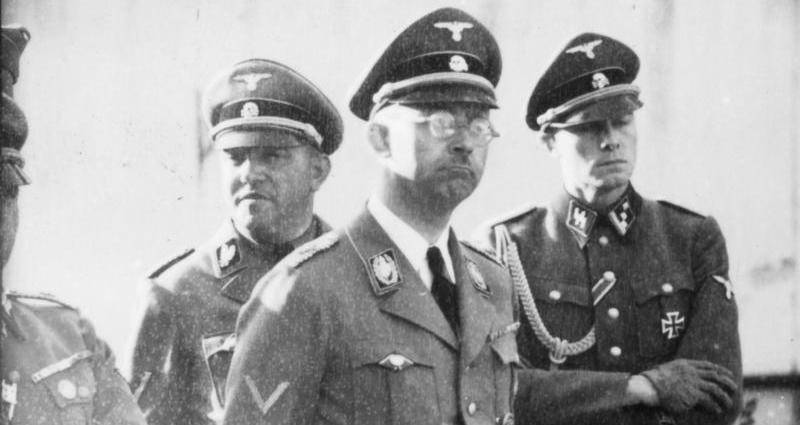The Mystery Of The 600-Year-Old Voynich Manuscript Has Been Solved, Says U.K. Academic

Since its discovery in 1912, researchers around the world have been puzzled by the Voynich manuscript, which was originally discovered by its namesake, a bookseller named Wilfred Voynich. It was found in an Italian Jesuit college, along with a letter dated from 1666, which Voynich concluded was the year the book was written. The manuscript is filled with mysterious drawings, and writings in an unknown language or code, but aside from that, and a carbon-dating record that puts the book’s creation somewhere between the 14th and 15th centuries, not much else is known about the book.
The manuscript’s history sounds like the plot of a Dan Brown novel — a handwritten book filled with pictures of mysterious plants, astrological charts and womanly figures is discovered in an Italian monastery, centuries old and written in an unknown language — though so far, the story has been left without a satisfying conclusion. For a century, academics and cryptographers have been trying to break the code, but to no avail.
Recently, however, an expert has come forward claiming to have some insight into the mysterious manuscript.
See more here.
Holocaust Architect Was Tricked Into Saving 300,000 Jews, New Book Claims

Wikimedia CommonsHeinrich Himmler
A Canadian author claims he uncovered evidence showing that Heinrich Himmler, one of the architects of the Holocaust, was tricked into saving 300,000 Jews from concentration camps near the end of the war.
In a new book, “In The Name of Humanity: The Secret Deal to End the Holocaust,” author Max Wallace says he uncovered evidence showing that Himmler’s decree to halt the mass execution of Jews near the end of the war was a result of secret talks initiated by Recha Sternbuch, an Orthodox woman who saved many Jews during the Holocaust.
Read more here.





